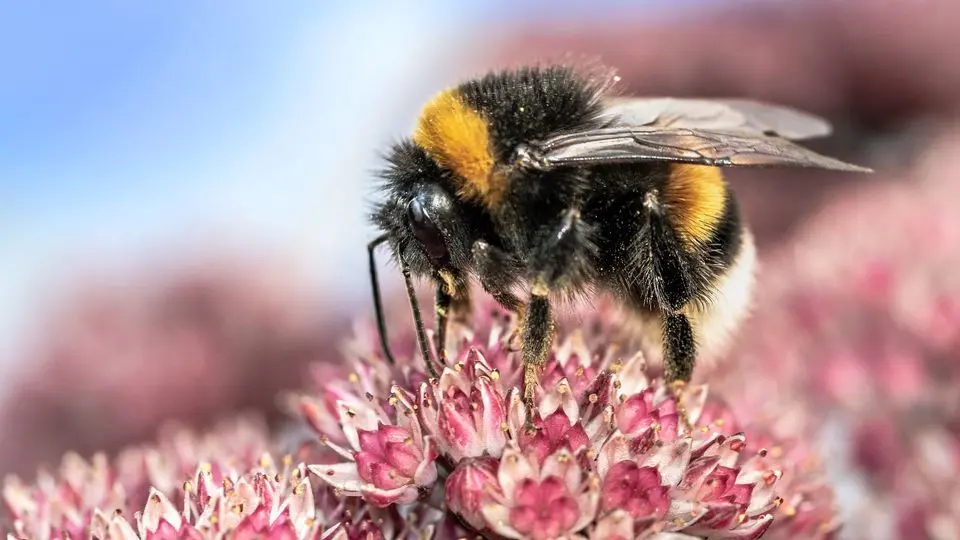The study, conducted by Queen Mary University of London and published in PLOS Biology, offers compelling evidence that social learning is a major factor in the spread of bumblebee behavior, namely their foraging habits. To prove this, numerous experiments were conducted. The researchers created a two-option puzzle box that could be opened by pushing a red tab in one direction or a blue tab in the opposite direction to reveal a reward of a 50% sucrose solution. ‘Observer’ bees watched as ‘demonstrator’ bees were trained to use either the red or blue tabs. When it was the observers’ turn to solve the puzzle, they consistently and overwhelmingly went with the same approach they had observed, even after learning about the other choice. Whole bee colonies continued to favor the taught option, with a mean of 98.6% of box openings being performed using it.
The control group, which lacked a demonstration, further demonstrated the significance of social learning in the acquisition of puzzle box answers. Some bees in this group were able to open the puzzle boxes, but they did so much less frequently than those who had the advantage of witnessing an earlier success. The observer bees using a demonstration opened an average of 28 boxes per day, compared to just 1 for the control colony. In a separate experiment, the researchers introduced bee colonies with both “blue” and “red” demonstrators. By day 12, 97.3% of the 263 box-opening instances by observers in the first population had utilized the red approach. On all but one of the days in the second population, observers chose the blue approach over the red one. In both instances, this showed how a behavioral trend may first appear in a population—most often as a result of seasoned foragers retiring and new learners emerging, rather than any bees changing their favored behavior.
Similar findings from comparable studies have been applied to species like birds and primates to imply that they, like humans, are capable of culture. If bumblebees are able to do this as well, this may help to shed light on the evolutionary roots of many of the sophisticated behaviors observed in social insects. What now seems instinctual might have, at least initially, been learned through social interaction. Lead scientist Dr. Alice Bridges of Queen Mary University of London said: “It is unknown whether bumblebees or invertebrates in general exhibit cultural traits in their natural habitats. In contrast, we observed in our tests that groups of bumblebees maintained and disseminated a behavioral “trend” that was comparable to that observed in primates and birds. Even while social insects like these bumblebees have some of the most complex behavioral repertoires known to humankind, the majority of their behavior is still believed to be innate. According to our research, social learning may have had more of an impact than previously thought on the development of this behavior.”

The Mind of a Bee author Professor Lars Chittka of Queen Mary University of London said: “The fact that bees can watch and learn, and then practice that behavior, adds to the ever-growing body of evidence that they are considerably brighter creatures than a lot of people give them credit for. “We tend to overlook the “alien civilizations” formed by bees, ants and wasps on our planet — because they are small-bodied and their societies and architectural constructions seem governed by instinct at first glance. Our research shows, however, that new innovations can spread like social media memes through insect colonies, indicating that they can respond to wholly new environmental challenges much faster than by evolutionary changes, which would take many generations to manifest.”

READ MORE
- 6 Best and Latest Smart Home Gadgets
- Observation and Assimilation are Habits in Which Bumblebees Learns New ‘Trends’
- 6 Super Old, Massive Galaxies That Shouldn’t Exist.
- The Major Important of 5G and Beyond.




